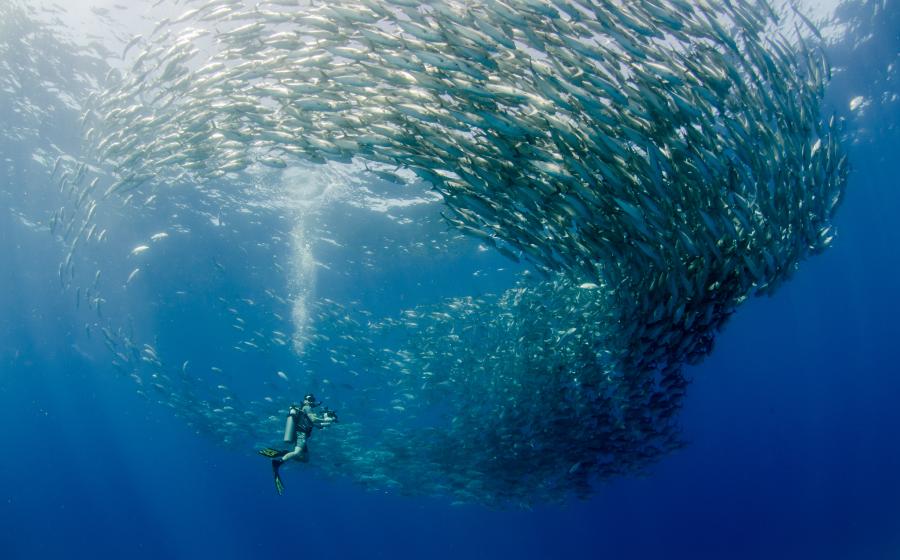No, sharks aren’t coming into shallow water any more than usual—but now everyone at the beach has a camera.
No, whale sharks' eyeballs are not covered in miniature teeth. Here's what the discovery of dermal denticles in a whale sharks eyes actually means.
The IUCN Red List is a collection of the best available scientific data analyzed and summarized by an international team of experts—such an assessment is not an opinion and not a guess. But such an assessment does not carry the force of law, and IUCN Red List Endangered status doesn’t mean the same thing as being considered endangered under the U.S. Endangered Species Act.
If you like marine biology and bathroom humor, urine for a treat with this edition of *Science Stop.*
A marine biologist discusses everything you can learn from the recent release of the annual, International Shark Attack File report and how to spot misleading information.
Sharks giving birth and what do tiger sharks eat? All this and more — shark facts explained by science expert, David Shiffman.
All marine protected areas (or MPAs) are not created equal—these factors help determine whether this important environmental tool can achieve its goals.
Scuba divers are always looking for ways to help protect shark species—here are some common conservation mistakes and ways that you can help protect sharks.
The most Critically Endangered shark species are largely unknown. These fascinating facts illustrate why they should get more attention and earn protection.










